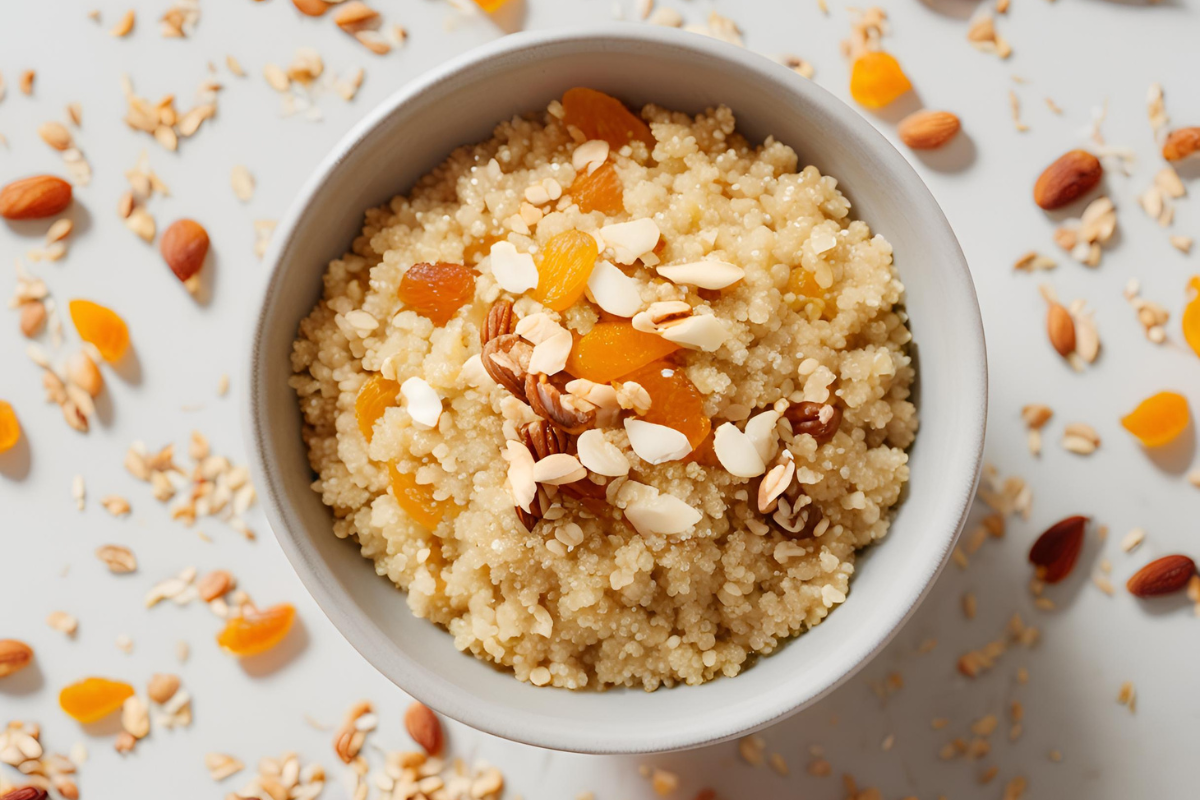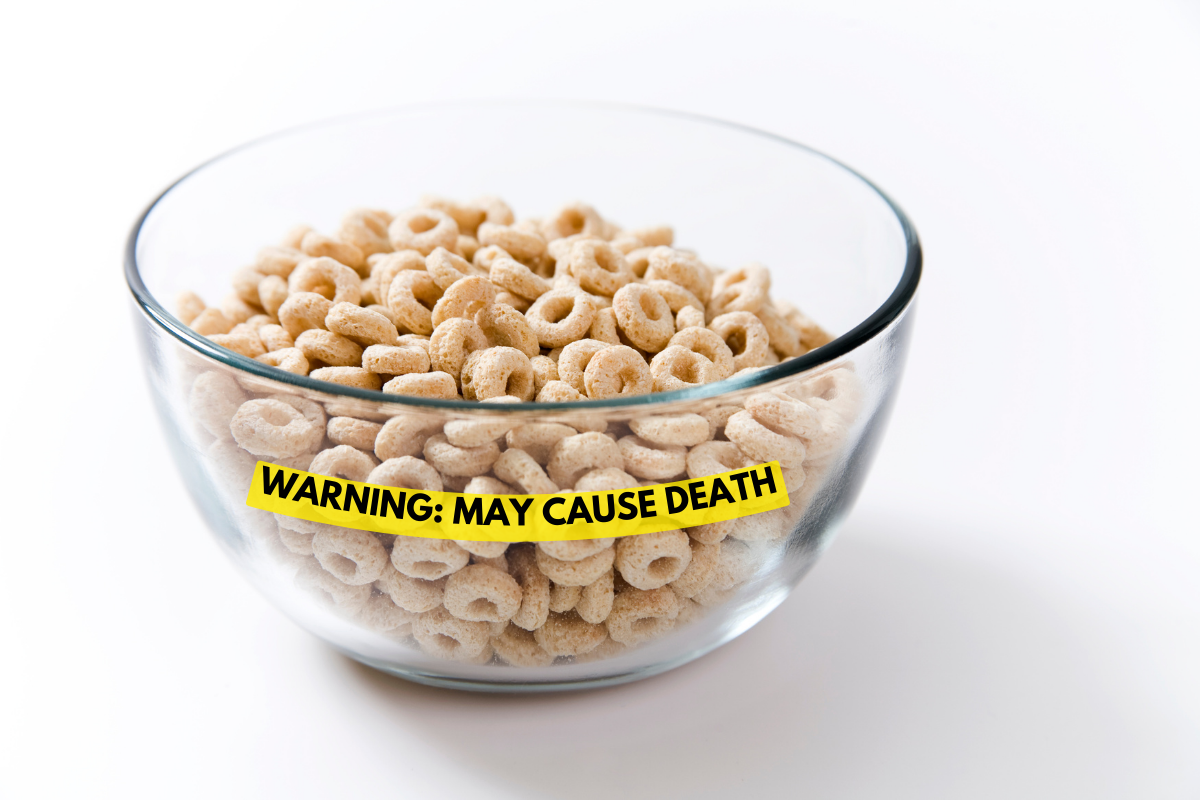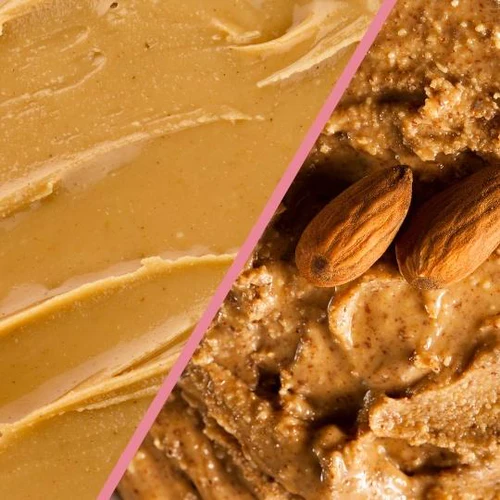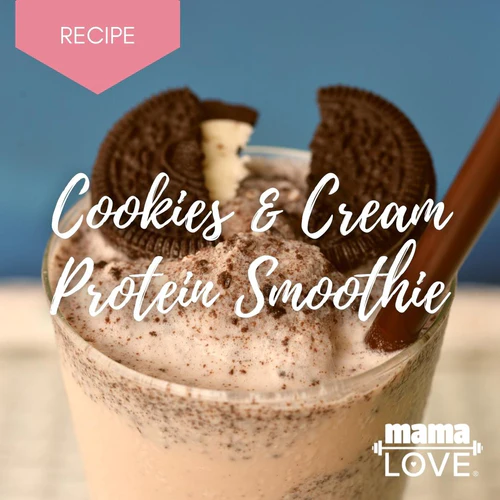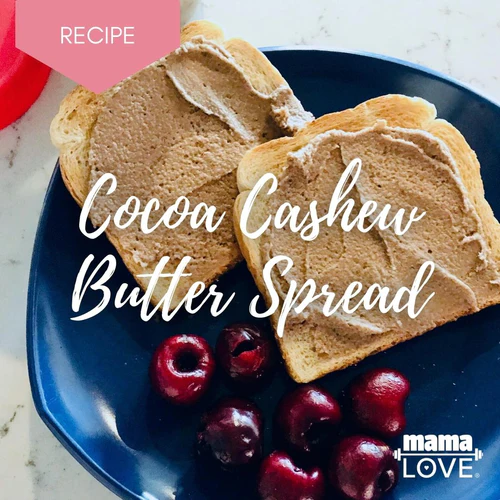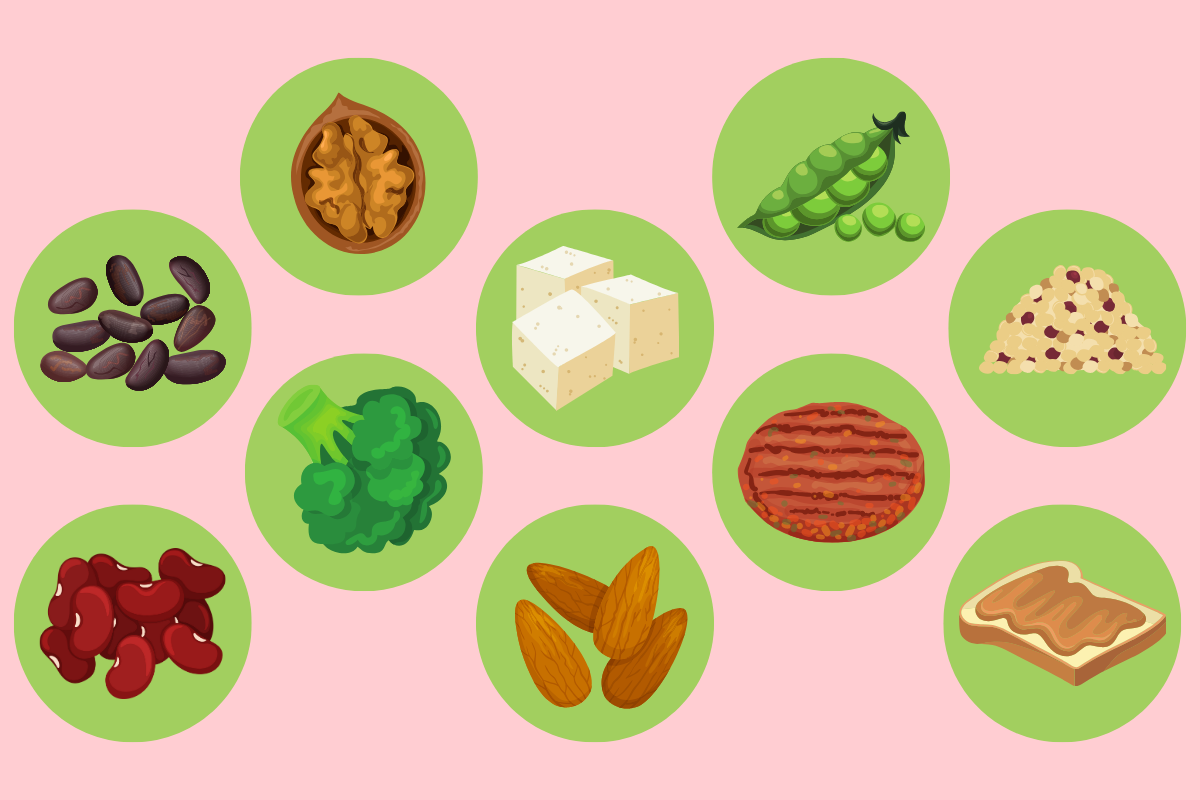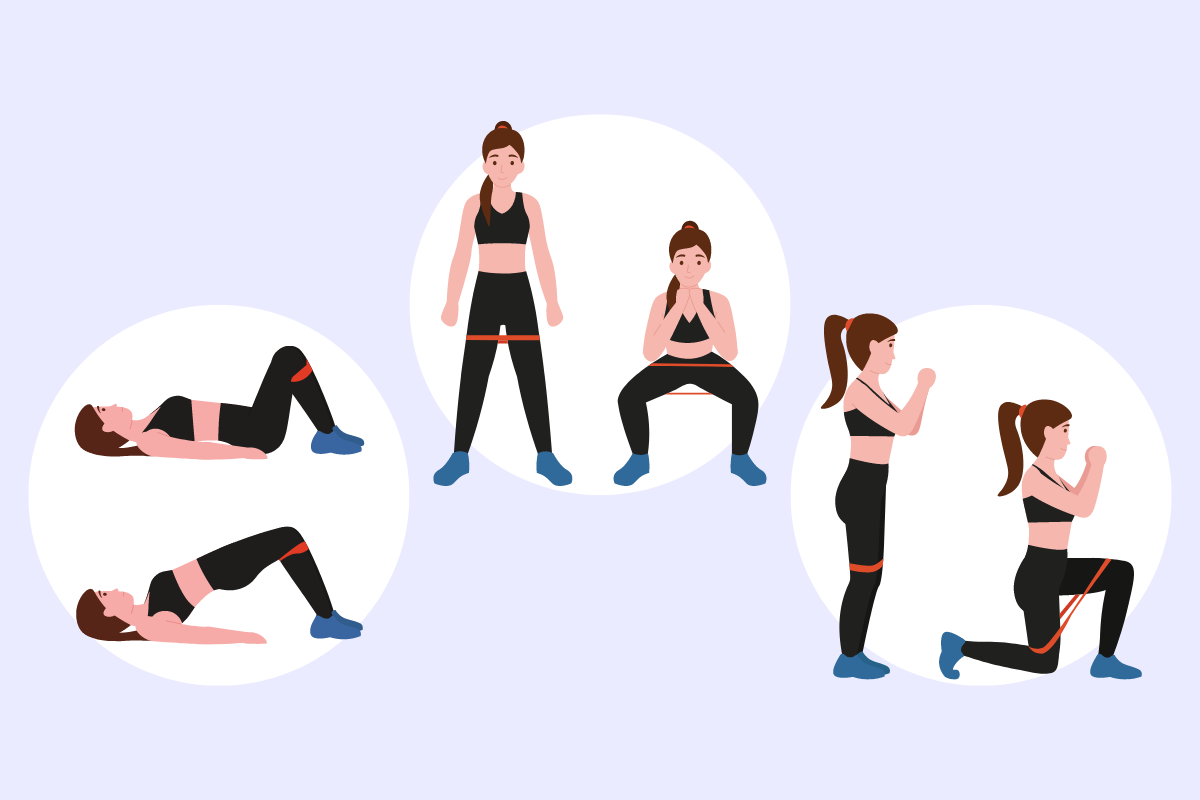
When it comes to eating, there are lots of studies and opinions on how to do it best. And all those diet diehards on TikTok are pretty convincing when they tell you their plan is the only one that will help you stay healthy, lose weight, beat cancer, and more.
The truth is, there isn’t one perfect way to eat. But that doesn’t mean all foods, are created equal.
Humans are omnivores, and, as such, our bodies are designed to be able to eat all kinds of plants and animals. And our bodies tend to operate at their best when those plants and animals are fresh and minimally processed. This is where the concern around ultra-processed foods begins.
What is an Ultra-Processed Food?
Junk foods, like chips, packaged cakes and cookies, ice cream, and candy, are the most obvious ultra-processed foods. But there are lots of others flying under the radar.
Peek into your pantry, can you see cereal, crackers, bread, canned soup? Now look in your fridge and freezer, do you have cheese, yogurt, deli meat, milk (cow’s and plant-based), soda, frozen pizza? All those foods can fall into the ultra-processed category depending on how they’ve been made.
Ultra-processed foods are “industrially manufactured, ready-to-eat or heat, include additives, and are largely devoid of whole foods,” according to the Academy of Nutrition and Dietetics (1).
That’s a relatively broad definition. Another way nutritionists recommend spotting an ultra-processed food is by looking at the nutrition label on the package, and asking yourself, “Can I make this at home?” If the item is made with ingredients that you aren’t likely to find in your kitchen, it’s probably an ultra-processed food.
Ultra-processed foods typically have the least amount of healthy ingredients, tend be high in calories, fat, salt, and added sugars, and generally contain hard-to-pronounce fillers, additives, and preservatives. A few not-found-at-home ingredients to watch out for (2):
- hydrolyzed proteins
- modified starches
- hydrogenated oils
- artificial colorings
- artificial flavorings
- high fructose corn syrup
- invert sugar
- maltodextrin
- artificial sweeteners
- bulking agents
You can also look to the NOVA classification system as a guide. Created by researchers at the University of Sao Paulo, Brazil, it’s used by the Food and Agriculture Organization of the United Nations to categorize ultra-processed foods and help identify poor eating patterns around the world (3).

How Many Ultra-Processed Foods Are You Eating?
Still, it can be tricky to completely avoid ultra-processed foods, which is probably one reason why Americans are eating far too many of them. (Another reason: they taste good!)
On average, adults in the US are getting 57% of their daily calories from ultra-processed foods (4), and kids and teens are getting a whopping 67% (5). That’s a lot of junk food!
If only it looked like junk food. Thanks to the way foods are marketed and positioned at the grocery store, an ultra-processed item can appear to be healthy. For example, you might find callouts on the front of a loaf of bread that say, “Cholesterol free!” or “No added sugar!”, and then flip it over to discover a long list of preservatives to help it last longer on the shelf, and artificial colors and flavors to make it look and taste better.
Why Are Ultra-Processed Foods Unhealthy?
Ultra-processed foods are designed to look and taste good, so you’ll eat more and buy it again. They hit the spot and will fill you up, but because they’re lacking in nutrients, your body ultimately doesn’t get what it needs to operate well.
It’s entirely possible to meet your daily calorie target and still be nutritionally deprived. This is why eating only one food or focusing on only one macronutrient is also a recipe for dietary disaster—you’re not getting the full range of nutrients that your body needs for optimal health.
What if you only eat ultra-processed foods for the rest of your life—what would that look like? Maybe you’re eating something with a health halo, a breakfast cereal like Cheerios, for example. They’re made from whole grain oats and fortified* with vitamins and minerals, including vitamin D, vitamin C, iron, and calcium (6). Let’s say you eat them three meals a day with a splash of almond milk forevermore—could you survive? Sure, but you wouldn’t thrive.
*Fortified means vitamins and minerals are added to the food item—they weren’t in there to begin with.
With a bowl of Cheerios and milk, you’ve got all the macros—carbohydrates, protein, fat—covered, and you’ve got some micronutrients in there, too (it’s fortified, remember), but most of those calories are empty (the goodness has been processed out). And vitamins and minerals that are put back in aren’t always bioavailable, meaning sometimes your body can’t absorb them. Eventually, your health would suffer.
Research shows eating ultra-processed foods can increase your risk of heart disease, cancer, and type 2 diabetes (7). And those who eat a lot of ultra-processed foods daily are more likely to develop excess belly fat and obesity (8). Not to mention, junk food eaters tend to die 7 years earlier than those who eat fresh, whole foods (9).
This all sounds damn scary! Are you really going to drop dead from eating a slice of ultra-processed bread slathered with ultra-processed peanut butter every now and then? No, the risk is in how much you eat regularly.

How Risky Are Ultra-Processed Foods, Really?
A new study published earlier this month in The British Medical Journal looks at the eating habits of more than 100,000 men and women over 18 years. The data shows those who ate ultra-processed foods had a higher risk of all-cause mortality (death by any cause). But it also reveals a range—those who ate more were worse off than those who ate less (10).
The group eating the most ultra-processed foods—seven servings a day—had a 4% higher risk of all-cause mortality and a 9% increased risk of death from neurodegenerative causes, like Alzheimer’s disease, compared to the group that only ate three servings daily.
Researchers also noticed the types of ultra-processed foods they were eating made a difference, too, with processed meat, poultry, and seafood products, like hot dogs, chicken nuggets, and fish sticks, being the worst offenders. Sugary beverages, artificially sweetened drinks, dairy-based desserts, and breakfast items were also shown to be health hazards.
How Can You Balance the Risk of Ultra-Processed Foods?
When you pour your kids a bowl of cereal or hand them a toaster waffle for breakfast, are you going to think about that 4% increase in all-cause mortality? Probably not—you just need to get them to school on time with as little whining as possible. And that is perfectly fine. Really.
“If people maintain a generally healthy diet, I don’t think they need to be like scared or be freaked out,” Dr. Mingyang Song, one of the study authors and an associate professor of clinical epidemiology and nutrition at Harvard University, reportedly told CNN (11).
If the majority of what you put in your mouth are fresh, whole foods cooked at home, the occasional ultra-processed item isn’t going to have a tremendous impact on your health. But you can also make more informed choices when you buy groceries and set yourself up with nutrient-dense foods that are still quick and easy to prepare.
Always check the nutrition facts label before you toss something into your cart, and stock up on foods in the first three NOVA categories. You can whip up a burrito bowl with a bag of baby spinach, a can of beans, some frozen brown rice, and a dash of chili lime spice, like Tajin, just as fast as you can microwave an ultra-processed ready-to-eat meal. And you can find a store-bought loaf of bread without fillers or preservatives—it just might take you a while to read all those packages!
Sources:
- Klemm, Sarah. “Processed Foods: A Closer Look.” EatRight.org. February 2019. https://www.eatright.org/health/wellness/diet-trends/processed-foods-whats-ok-and-what-to-avoid?
- Gibney, Michael J. “Ultra-Processed Foods: Definitions and Policy Issues.” Current Developments in Nutrition. September 2018. doi:10.1093/cdn/nzy077
- Monteiro, C.A., Cannon, G., et al. “Ultra-processed foods, diet quality, and health using the NOVA classification system.” Food and Agriculture Organization of the United Nations. Rome, 2019.
- Juul F, Parekh N, Martinez-Steele E, et al. “Ultra-processed food consumption among US adults from 2001 to 2018.” American Journal of Clinical Nutrition. January 2022. doi:10.1093/ajcn/nqab305 pmid:34647997
- Wang L, Martínez Steele E, Du M, et al. “Trends in Consumption of Ultra-processed Foods Among US Youths Aged 2-19 Years, 1999-2018.” JAMA. August 2021. doi:10.1001/jama.2021.10238
- “Original Cheerios.” General Mills. https://www.cheerios.com/products/original-cheerios
- Elizabeth, Leonie, et al. “Ultra-Processed Foods and Health Outcomes: A Narrative Review.” Nutrients. June 2020. doi:10.3390/nu12071955
- Pagliai, G, et al. “Consumption of ultra-processed foods and health status: a systematic review and meta-analysis.” The British Journal of Nutrition. February 2021. doi:10.1017/S0007114520002688
- Schnabel, Laure, et al. “Association Between Ultraprocessed Food Consumption and Risk of Mortality Among Middle-aged Adults in France.” JAMA Internal Medicine. April 2019. doi:10.1001/jamainternmed.2018.7289
- Fang Z, Rossato S L, Hang D, et al. “Association of ultra-processed food consumption with all cause and cause specific mortality: population based cohort study.” The British Medical Journal. May 2024. doi:10.1136/bmj-2023-078476
- Holcombe, Madeline. “Here are the Here are the ultraprocessed foods you most need to avoid, according to a 30-year study.” CNN. May 2024. https://www.cnn.com/2024/05/08/health/ultraprocessed-foods-death-study-wellness/

